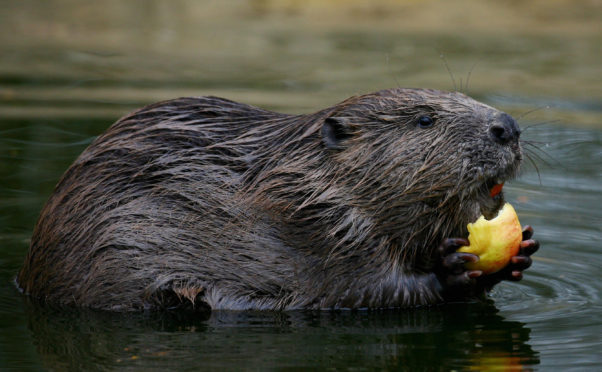On May 1, the Eurasian beaver population in Scotland will receive protection under Scots law as a European protected species.
In a recent open letter, the Cabinet secretary for the environment stated her commitment to ensuring that the reintroduction of beavers will not be at the expense of productivity of the rural economy. A new licensing scheme has, therefore, been introduced under the auspices of Scottish Natural Heritage so that land managers can take steps to achieve that aim.
Certain actions do not require a licence, some do and the last resort of lethal control can only be carried out under licence and by an accredited controller. In some cases, the protections are there to preserve “prime agricultural land” – which is not all farmland.
One of the sets of actions which does not require a licence or accreditation is notching – installing flow devices in or removing new dams which are less than two weeks old. These are actions which allow all farmers to act in relation to recent activity, without having to consider whether the land is prime agricultural or not.
How do you prove that a dam is less than two weeks old? In law, it is really very difficult to prove a negative, but the next best thing here is probably to inspect, keep a log (no pun intended) and take lots of photographs. If photographs are taken every two weeks, it will be possible to demonstrate what is new and what is old.
What the SNH guidance does not consider is a number of legal aspects to beaver control – water law and permissions for access.
Who owns the land where the beaver activity is taking place? Does the owner of the land in question have a licence? It would be all too easy for the owner or tenant of a field next to a river or burn to apply for a licence and then take action. But what right do they have to go on to or shoot anything on the river or burn?
The tenant’s lease might stop at the boundary fence. Leases and title deeds should be checked carefully. The land manager who wants to take action will almost certainly have to seek the consent of the owner of land where the beaver activity is taking place, or ideally insist that the neighbour obtains a licence and acts themselves.
Land managers should take care to ensure that the correct person (the owner or tenant of the land or water where the beaver activity takes place) obtains a licence if needs be and instructs all work. If the neighbour does not give permission then a land manager can only consider management options on their own land and should make this clear in any discussion with SNH.
Another aspect is that beavers manage the environment and especially the water in it. Nearly all land managers will know that they can cast the natural flow of water from their land on to their downstream neighbour. What perhaps is not so well known is that the downstream neighbour is entitled to receive the natural flow of water in this way and also that the upstream neighbour doesn’t expect to see it again!
Beaver dams act like weirs, raising the level of water upstream as the water course backs up. In Scots law, this is called regorgement. This would certainly be a problem to those with hydro power schemes. Any land manager who consciously acts to cause a change in the natural flow of water is liable in damages to all upstream and downstream neighbours affected.
It is therefore vital to consider who will be affected by mitigation work which SNH proposes to carry out at any location. Appropriate indemnities from SNH should be obtained.
It may be difficult or even impossible for an affected land manager to insist that the owner of the land where beavers are located actually takes any action at all. The law will have to develop in this area.
Also consider the interests of the proprietors of salmon fishings, who have a significant legal right to insist on the natural flow of water.
When action is needed, decide who should act and who will be affected. Consider the intended and unintended outcomes very carefully before agreeing to SNH carrying out any course of action.
These considerations will have a significant impact on the mitigation measures which are actually possible at any location.
Chris Lindley is land and rural business partner, Thorntons.










